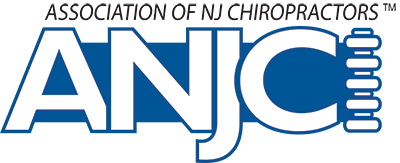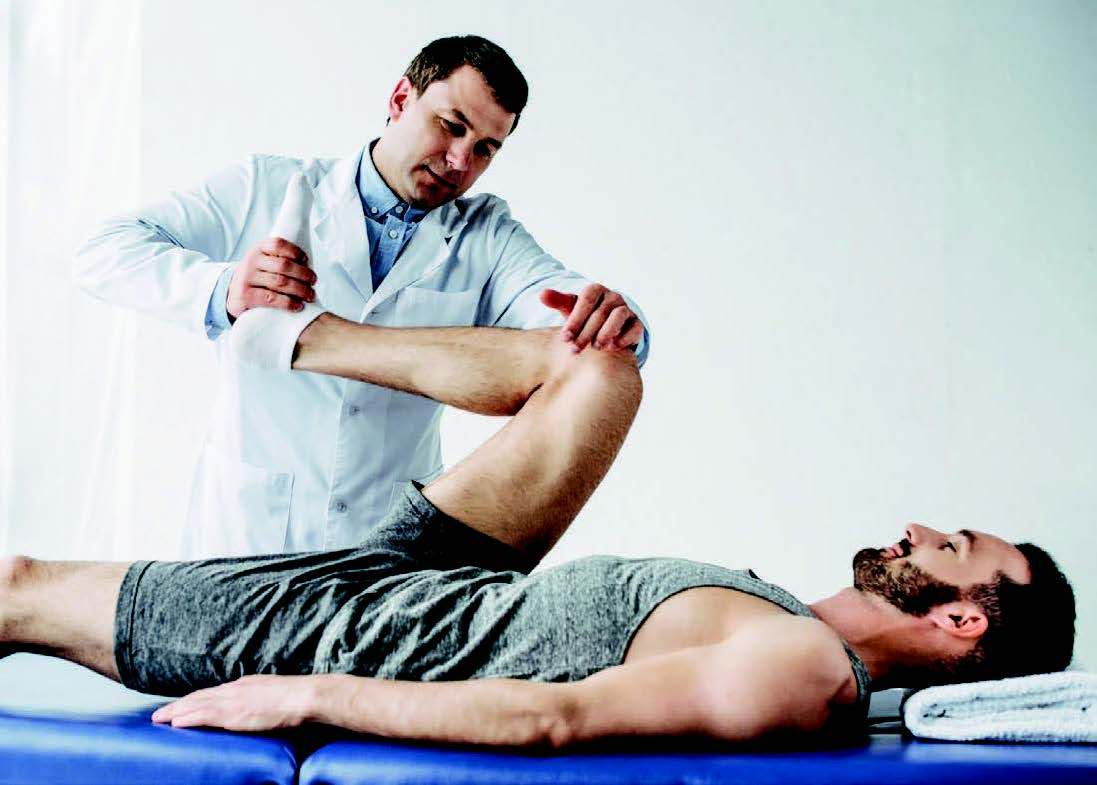By David I. Graber, DC, DACBSP
The term “hacks” in modern usage refers to clever tips or techniques for doing or improving something.
In over 30 years of teaching thousands of chiropractors and studying the research literature, I’ve found many good hacks to improve a chiropractor’s adjusting skills. Here are a few of them based mostly on diversified types of high-velocity low-amplitude (HVLA) techniques, which is the style of adjusting most commonly used by practicing DCs.
Both hands work.
Most adjusting techniques involve both hands contacting the patient. As traditionally taught, one hand is for stabilization (i.e., it doesn’t move) and is known as the indifferent hand (IH). The other is the active contact or thrusting hand (CH). In theory, this is to optimize specificity to a particular segment to adjust. However, in all adjustments, while the CH produces an applied directed force (linear motion) or torque (rotational motion), the IH produces a counter-force or counter-torque. That counter-force or counter-torque might be small (a “cheat” or twist) or large (a “scissor”).
Research has shown that localizing the effect of an adjustment to a singular spinal vertebra or a single articulation rarely happens. Multiple segments move, and multiple joints cavitate during an adjustment, even when it is applied specifically to a segment. The more force and movement the IH produces during the adjustment, the more segments will be moved, and more cavitation events will occur.
Practically speaking, it’s better to use the IH as a tool to make a better adjustment, but not so much as to perform sloppy technique. To focus on specificity but not be a fanatic about it to the point where it can actually reduce the effectiveness of the technique. Aiming for specificity also errs on the side of safer adjustments.

Stabilize before you mobilize.
When setting up for an adjustment make sure both you and the patient are stable. As the chiropractor your feet should have good contact with the floor, your spine is straight, your shoulders in place, your core is engaged, and your hand contact has some degree of arch. The patient needs to be solidly positioned on the table so they feel secure. This stability needs to be maintained during the pre-load phase (a.k.a. “taking out the slack” or “tractioning out”) of the adjustment for both the patient’s and the doctor’s sake.
Every adjustment has some degree of stress put on the doctor performing it. I have seen too many chiropractors over the years (myself included!) putting too much strain on their bodies by not being stable when delivering their adjustments. Also, poor stability leads to an erratic transfer of forces during an adjustment, thereby lessening its efficacy.
One key is not to rush! Take your time to setup properly.
Move it in your mind first.
Visualization or mental imagery of the successful performance and outcome of any physical skill improves its execution. Modern research demonstrates that almost everything that happens in the mind is not actually just symbolic or cognitive, it is embodied. Embodied means that your visualization is very closely tied to physical movements and processes in the body.
The two most common techniques used to generate images are visual and kinesthetic (the experience or feel of the body while performing a movement). Numerous studies have also shown that mental imagery improves an athlete’s motor skills during competition, and the same principle applies to the chiropractic adjustment.
You must be clear about what you want to accomplish with your technique. Before giving an adjustment thrust or impulse, see in your mind’s eye and feel in your body the end result. Engage all your senses, make it real. The experience should be visible, felt, heard, touched, etc.
Devote time each day to mental practice of your adjustment.
Psychologists have discovered that significant mental practice is nearly as effective as the real thing, making it one of the best tools for honing your talents. Practice, practice, and more practice: Visualization is a skill that takes time to develop. Mental rehearsal is a skill that improves with practice.
Use your whole body to deliver an adjustment.
I’ve found many doctors who adjust the cervical spine with a flick of the wrist, thrust in a lumbo-pelvic side posture with their upper body only, or adjust the thoracic spine from the shoulders. Once you stabilize your body, preload, and visualize the outcome, generate the force needed from the ground up. Spring from your legs, torque from the hips, and impulse from the pectoral or the latissimus muscles.
Avoid using forceful movements.
Many patients have joints and soft tissue that are very stiff, rigid, and have little pliability. These are usually chronic tissue changes that have taken years to develop. Avoid trying to use excessive force in a heroic effort to mobilize them.
There are schools of thought that teach you should demand motion and movement from these articulations by using aggressive adjustments. In over 30 years of practice and well over a million adjustments rendered, I have found that it is better to nurture movement by incremental imposition rather than try to wrest it with dramatic action. You can always put more force in a second and third time, or on the next visit. You can never take force back once it’s delivered. This is not an endorsement of “light force” techniques, rather “just right” force ones.
It’s important to remember the SAID principle here. SAID stands for: Specific Adaptation to Imposed Demand. Soft tissue responds and adapts to the forces put upon it over time. Teaming up adjustments and other manual and mechanical therapies with daily specific functional exercises and movements, you can more effectively and more comfortably achieve the therapeutic goal.
Further, If the movement causes pain, investigate before you adjust. It’s always better to err on the side of caution.
References available at my blog or upon request sent to: DrDavidGraber@gmail.com

About the Author
Dr. David Graber is a nationally known presenter on chiropractic technique and is a member of the ANJC Board of Directors. He maintains a private practice in Parsippany, NJ, and blogs on chiropractic and clinical topics.


0 Comments